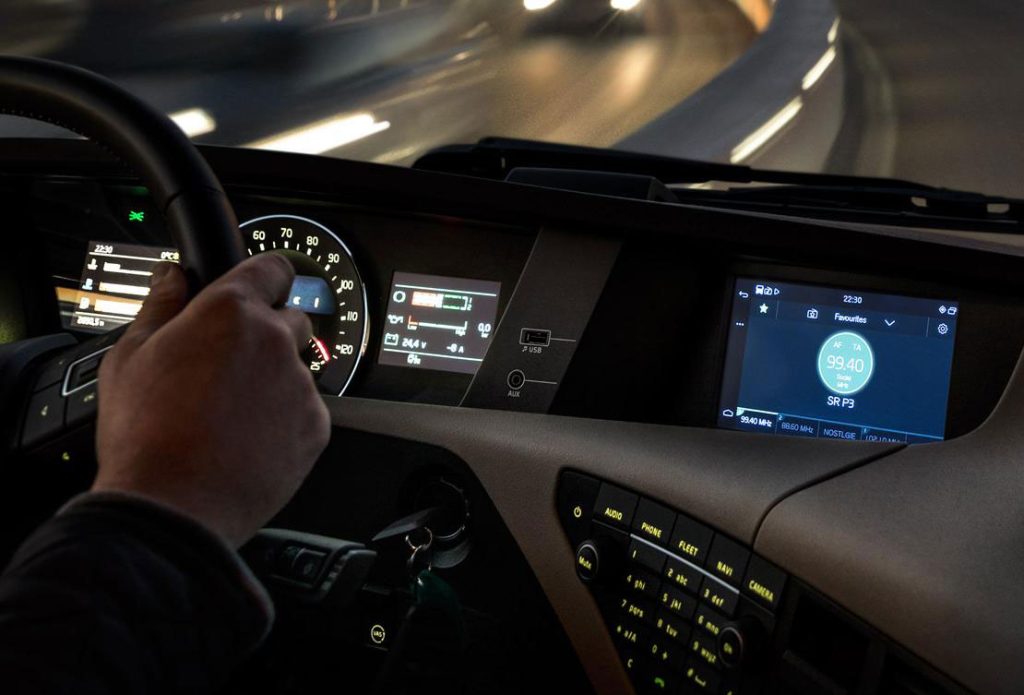
Localization support for Arabic & Hebrew
Truveon offers home energy management systems for monitoring and control of energy consumption. It also provides utility companies with intelligent programs that permanently lower peak energy use without compromising homeowner comfort. Truveon was looking at entering markets in the Middle East and wanted to see what adaptations needed to be done in the products interface.
I developed a basic guideline for the company on what to think of if wanting to localize the systems to Arabic and the Arab world. Later on, I also provided in depth advice and guidelines for Arabic localization of the home energy management systems. We also touched upon/discussed possible Hebrew localization, as this is another so called bi-directional language.

Project in collaboration with
Truveon, North Carolina, USA


Localization support for Arabic, Hebrew & Farsi

Volvo Trucks is a world-leading truck manufacturer, with its’ global headquarter in Gothenburg, Sweden. They provide total transport solutions in the medium to heavy-duty segment and aim to shape the future landscape of sustainable transports. Volvo Trucks operates all over the world with customer support in over 130 countries, among them countries in the Arab world and the Middle East. The company was looking at designing and adapting the interior of the trucks to work in Arabic, Farsi and Hebrew.
I developed a basic localization guide and then later an in-depth guide focusing on UI developing and translating for bi-directional languages; mainly Arabic and the Arab world. In addition, I assisted and evaluated hands-on developments and translations done to be fitted into the trucks. The bi-directional languages were, apart from Arabic, also Hebrew and Farsi. Bi-directional languages are written from right-to-left, but sometimes Latin letters or words are mixed in, such as for instance the word ‘SMS’. The Latin text is written from left-to-right. Add numbers to this, which are written from left-to-right and you have a technically very complex text with a mix of both right-to-left and left-to-right writing order. This is one of the major issues for developers to consider and solve.
Project in collaboration with
Volvo Trucks, Gothenburg


Localization Specialist
I continued working for Sony Ericsson doing localization, both generally as a member of a Localization team, serving all of the Research & Development departments, but also specifically in charge of the Middle Eastern Localization. Arabic and the Arab world was the main focus but included also Farsi (Persian) and Hebrew; i.e. the so-called bi-directional languages.
In addition, I was a founding and executive member of the New Language Group, which handled suggested new languages to go in to the phones. The group in particular looked at what kind of measures needed to be taken to make the language or the phones work in that particular region. We looked at everything from scripts, dialects, regional settings for time, measurements, calendars, social dos & don’ts and so on. Everything from technical to linguistic and social issues for that particular language or region. During my time here we focused on the languages & regions of India, of the former Soviet Republic such as Kazakhstan & Uzbekistan, as well as the extended Middle East; Urdu (Pakistan) & Kurdish.

Project in collaboration with
Sony Ericsson Mobile Communications
